

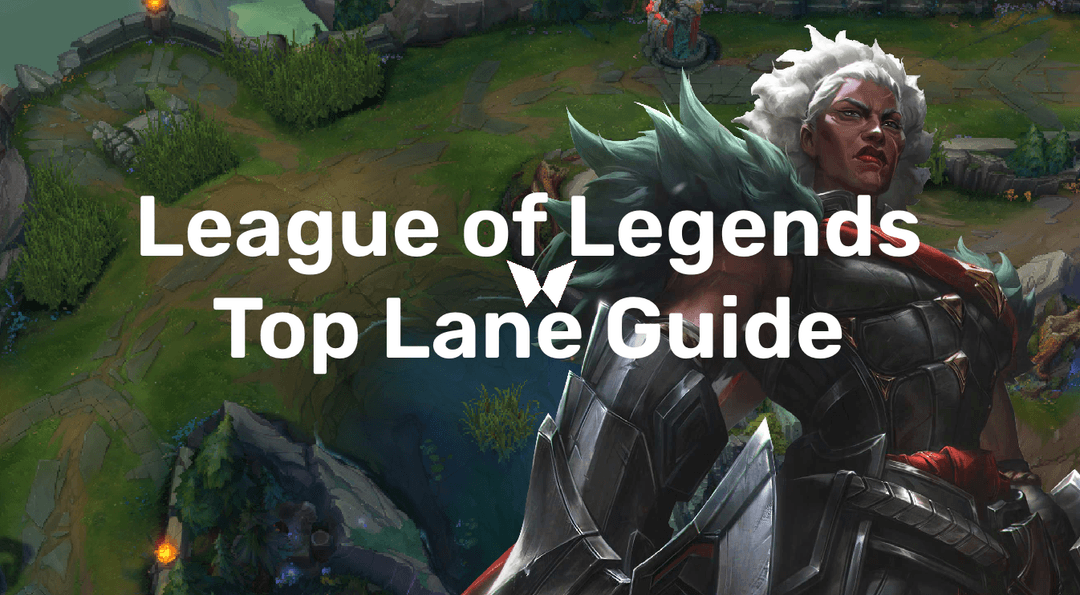
The top lane used to be called an island because it stood apart from other map areas, where dragons and bot lane fights occur. The Rift mechanisms have changed. The once-isolated island has become the center of power where players impact the game result as much as the other lanes.
The top lane experience starts with controlling 1v1 fights but extends far beyond that. The top role expects players to establish solo dominance and map pressure with their presence, which allows them to control the team’s entire tempo.
This is your guide to becoming a great top lane, stronger, and winning more games than any of your opponents. New top lane players seeking beginner tips or experienced veterans aiming for higher ranks can both use this guide as their all-in-one playbook.
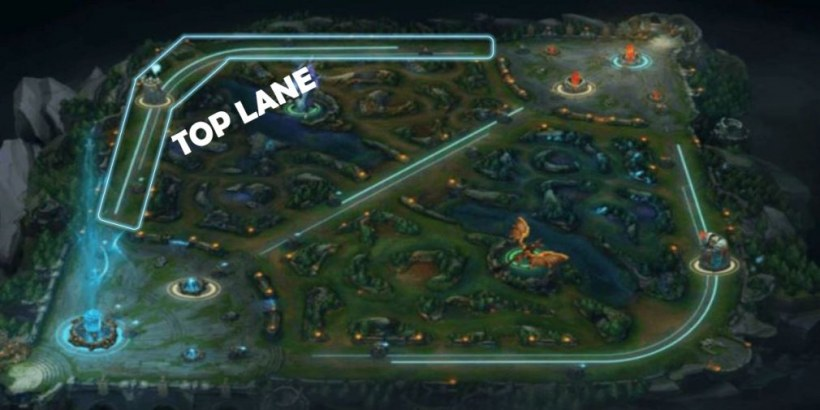
The top lane role has evolved. A masterful top laner today maintains control through pressure. The way you handle your minion waves and your lane opponent decides which objectives your team will control. The addition of Void Grubs established the top side as the most active area on the map. Your team gains powerful tower destruction capabilities when you secure these objectives.
Your main responsibility as a top laner is to establish dominance during the early stage of the game. Success here means your jungler can freely invade the enemy’s top side jungle or take the Rift Herald to open the map. Your impact extends well beyond your lane assignment, as you control the first round of gateways to winning the match.
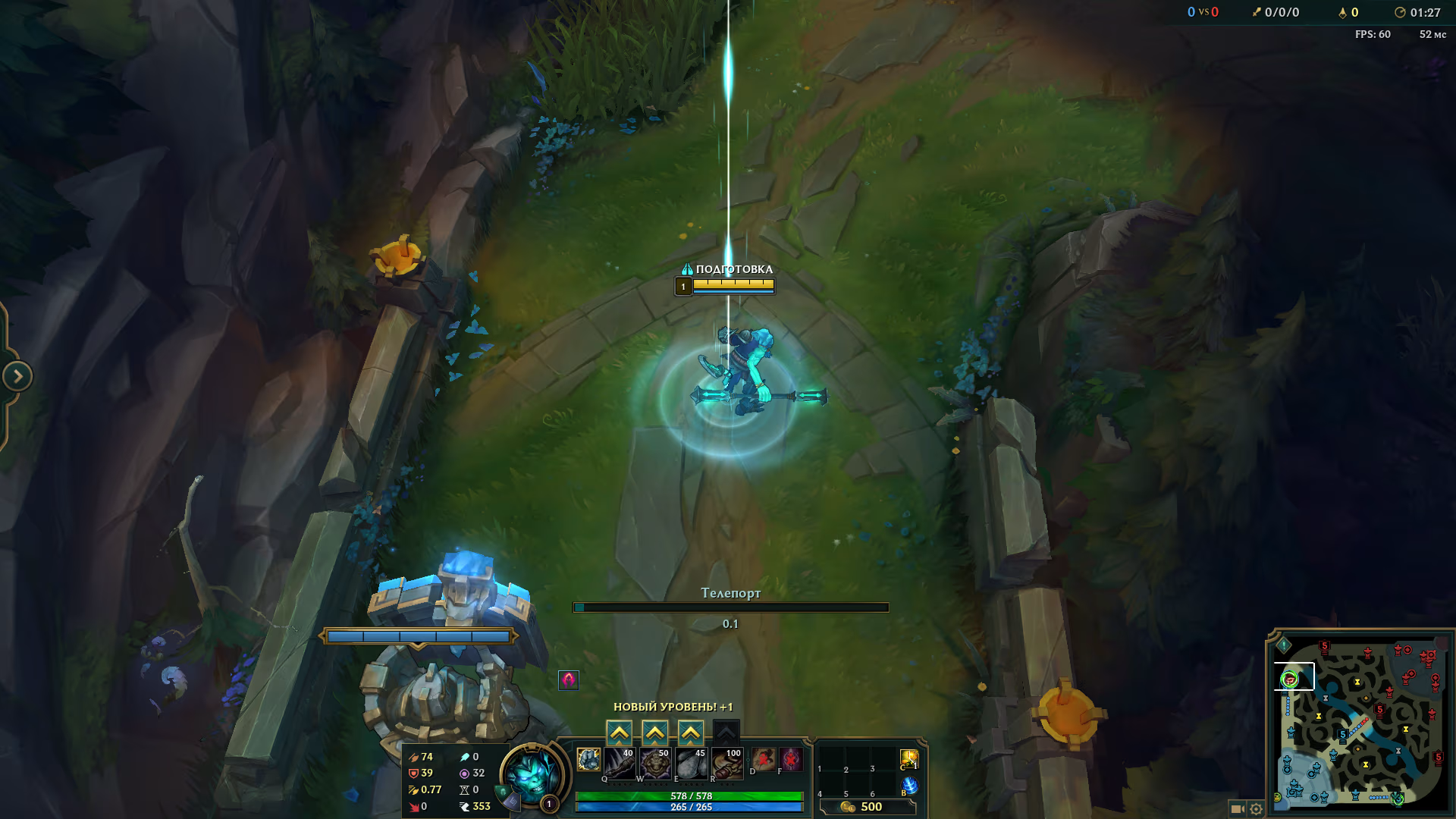
The Unleashed Teleport summoner spell has gone through many changes, yet still serves as the primary weapon for top laners.
Early game, the spell allows quick lane returns to gain farm and prevent your opponent from gaining a gold advantage.
Mid to late game, a surprise teleport from an unexpected direction will give your team a number advantage, taking the enemy team by surprise before securing a crucial objective.
Using Teleport effectively comes from understanding the entire game map.
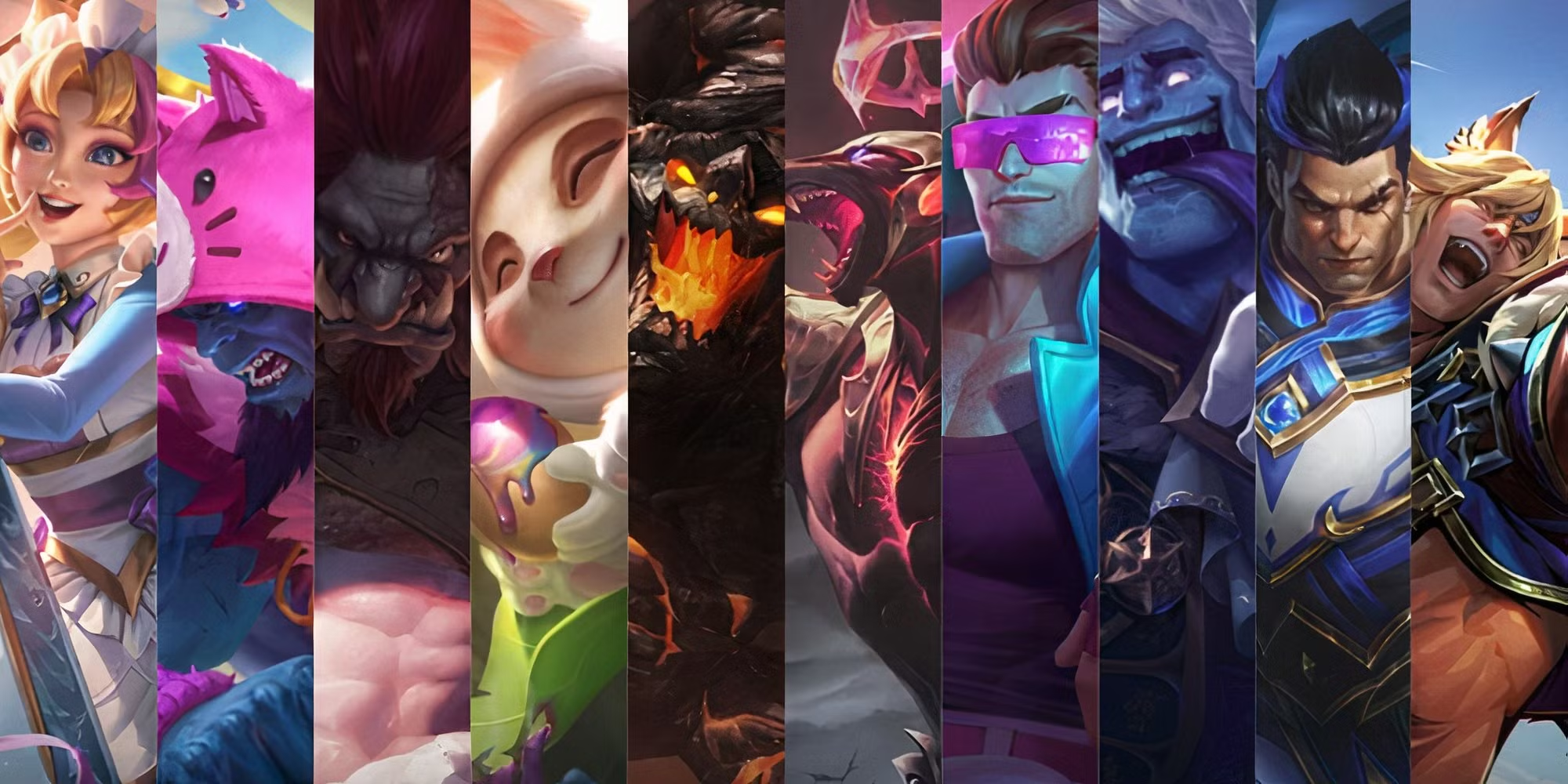
Champion select in the top lane is a cold calculation of strengths, weaknesses, and win conditions. The right champion choice can give you an immediate edge, while a poor one can doom you for the entire match.
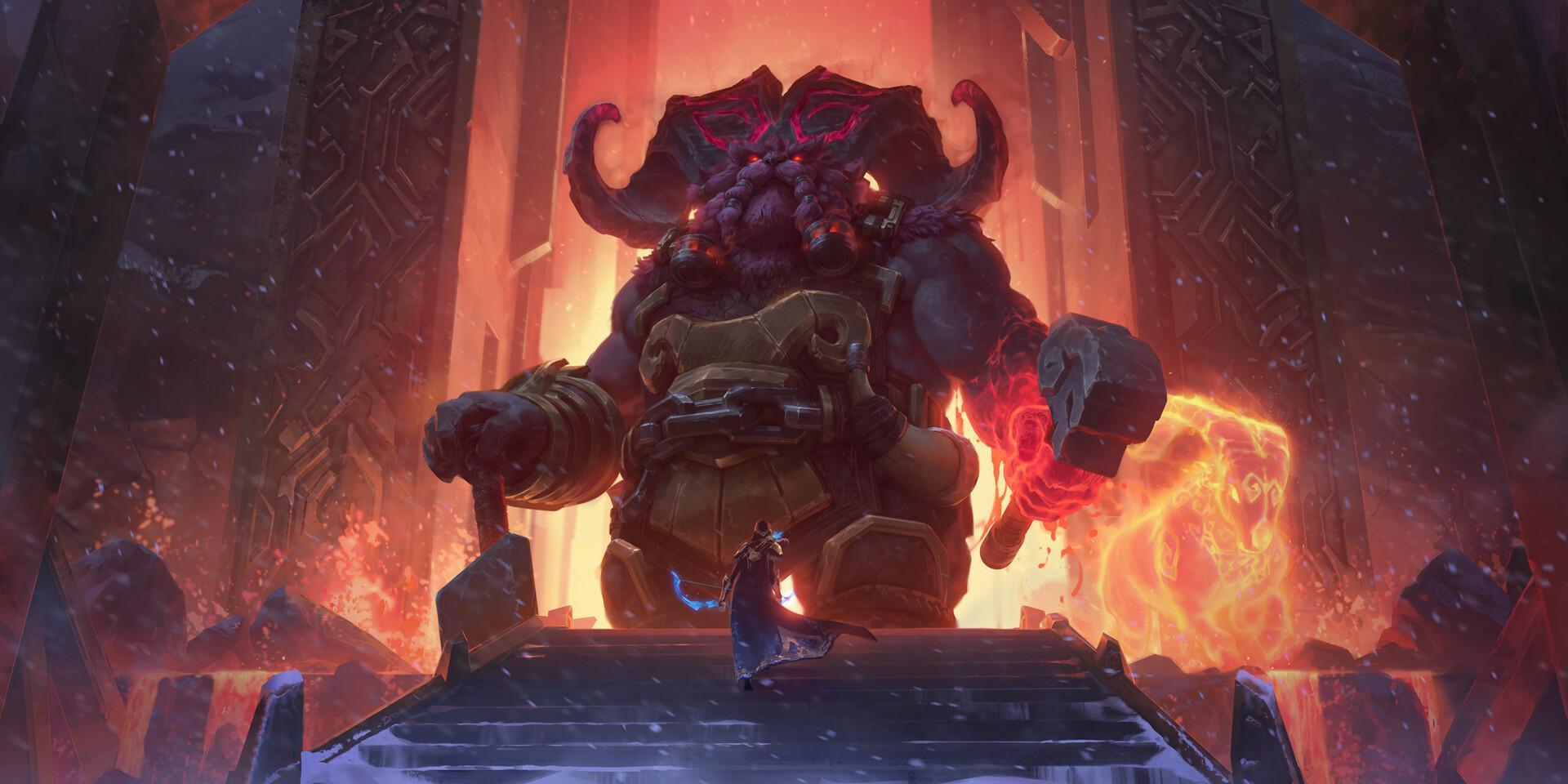
The best top laners are often self-sufficient bruisers, unkillable tanks, or strong duelists. They have the tools to survive ganks, the damage to win a 1v1, and the utility to impact a team fight. And there are counter picks. From ranged lane bullies to late-game bruisers or tanks that do more damage than carries while being the tankiest, your champion choice is the first critical decision you’ll make.
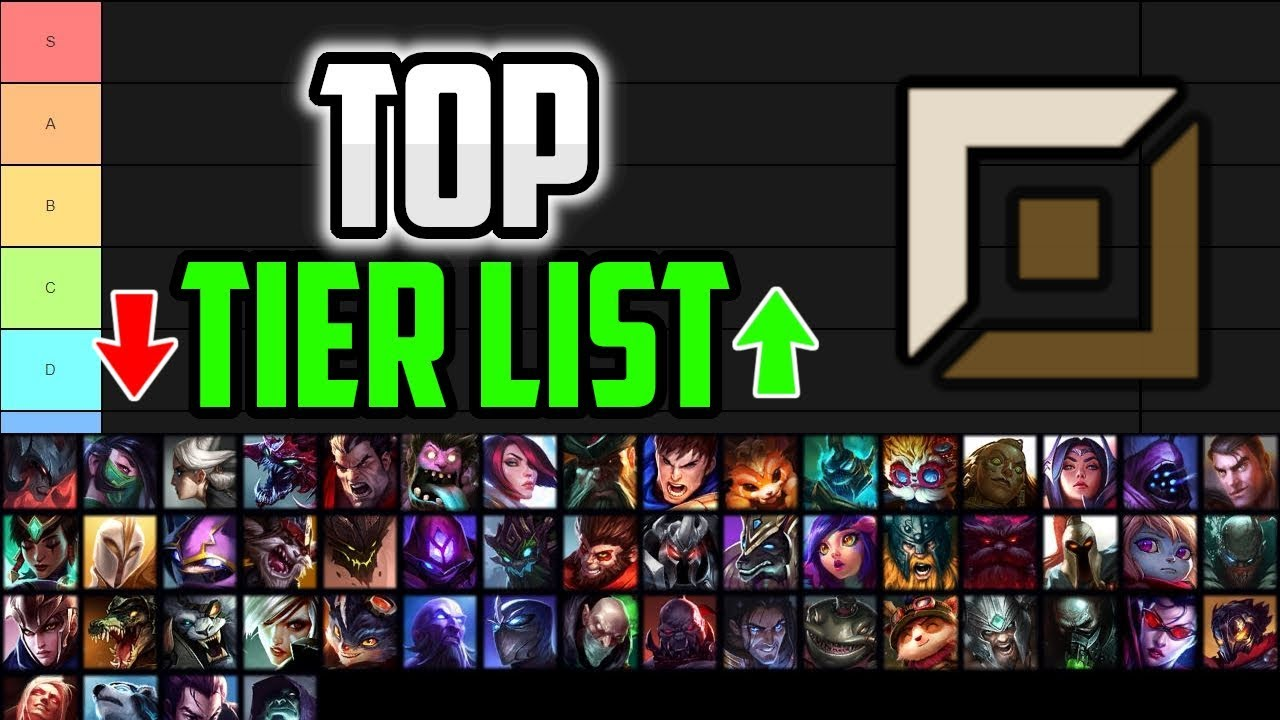
The meta is always in motion, but certain champions consistently rise to the top. Here’s a look at the profiles of champions who are currently defining the solo lane.
Camille remains a premier pick for those with sharp mechanics.
Shen, on the other hand, offers global support and a safer path to victory.
Kayle is a different beast at level 11 and one of the biggest win conditions after level 16. Scalability is at the heart of playing Kayle.
Quinn and Cassiopeia are ranged champions that bully their melee counterparts. Quinn’s unique roaming feature and 1v1 dominance against AD or AP carries make her super ‘annoying.’
Warwick and Olaf are the best bruisers right now with insane life steal and hence deceiving health bars. They are useful in both 1v1 and team fights.
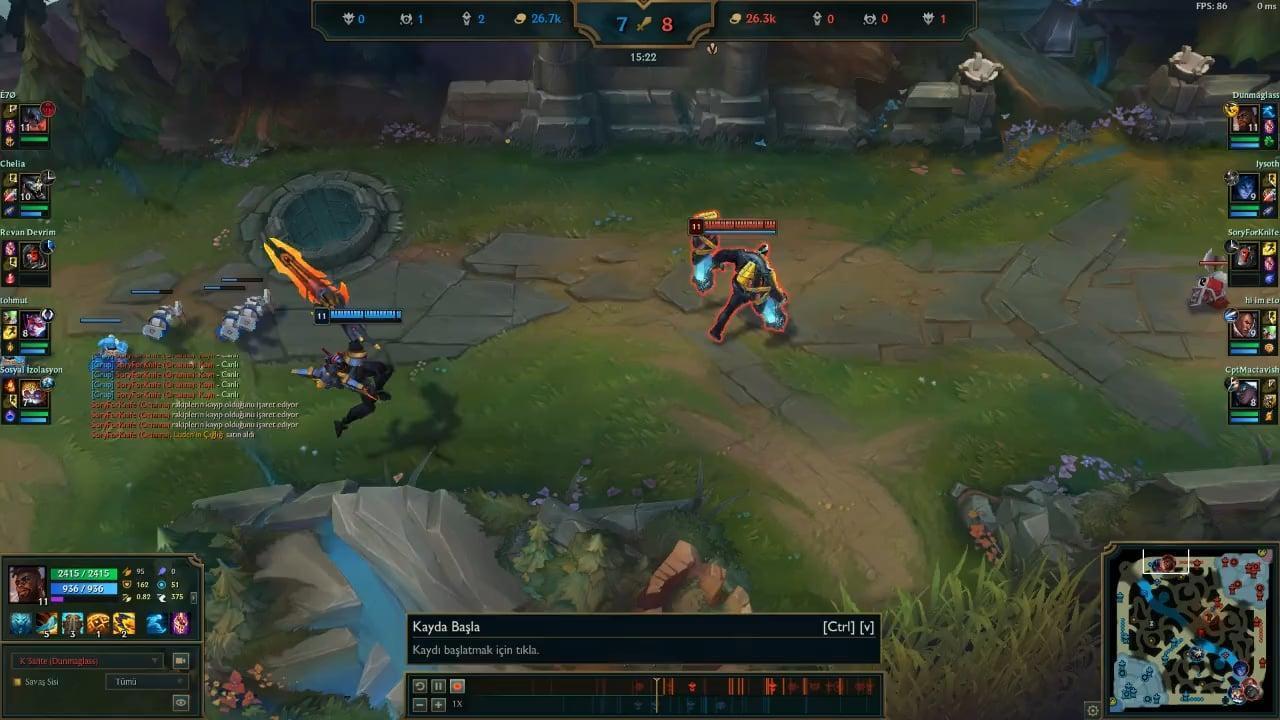
Now that you’ve picked your champion, the rest of the match is fought using lane mechanics that involve every last hit and every step forward (or backward).
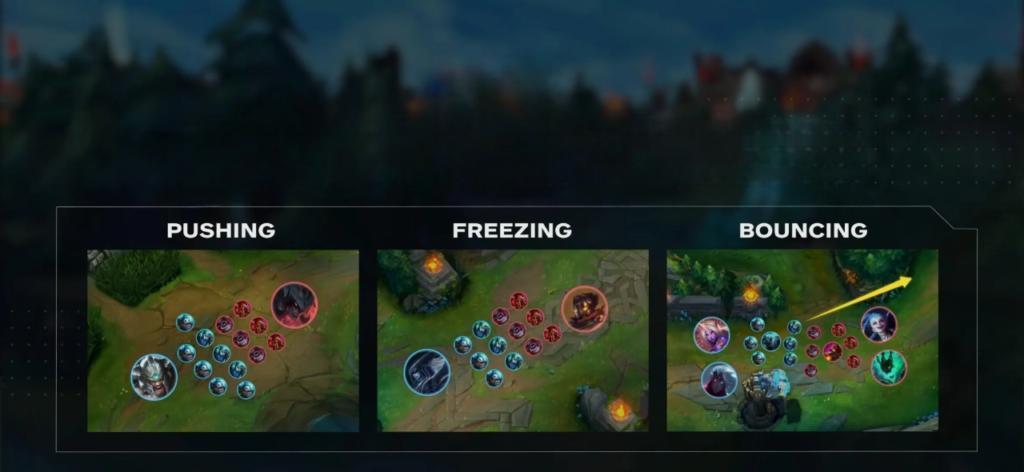
Think of the minion wave as your clock. How you manage it dictates the flow of the entire lane.
Understanding when to use each technique is fundamental. Proper wave management starves your opponent of resources and opens a world of strategic possibilities.
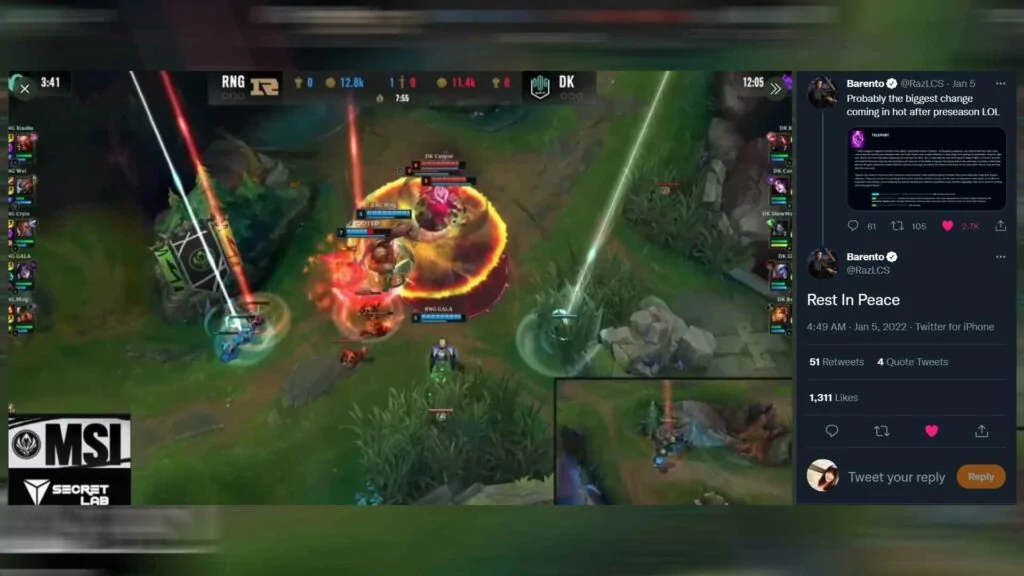
Once the laning phase ends and turrets begin to fall, the game transitions. Your role shifts from a solo laner to a macro-level team player.
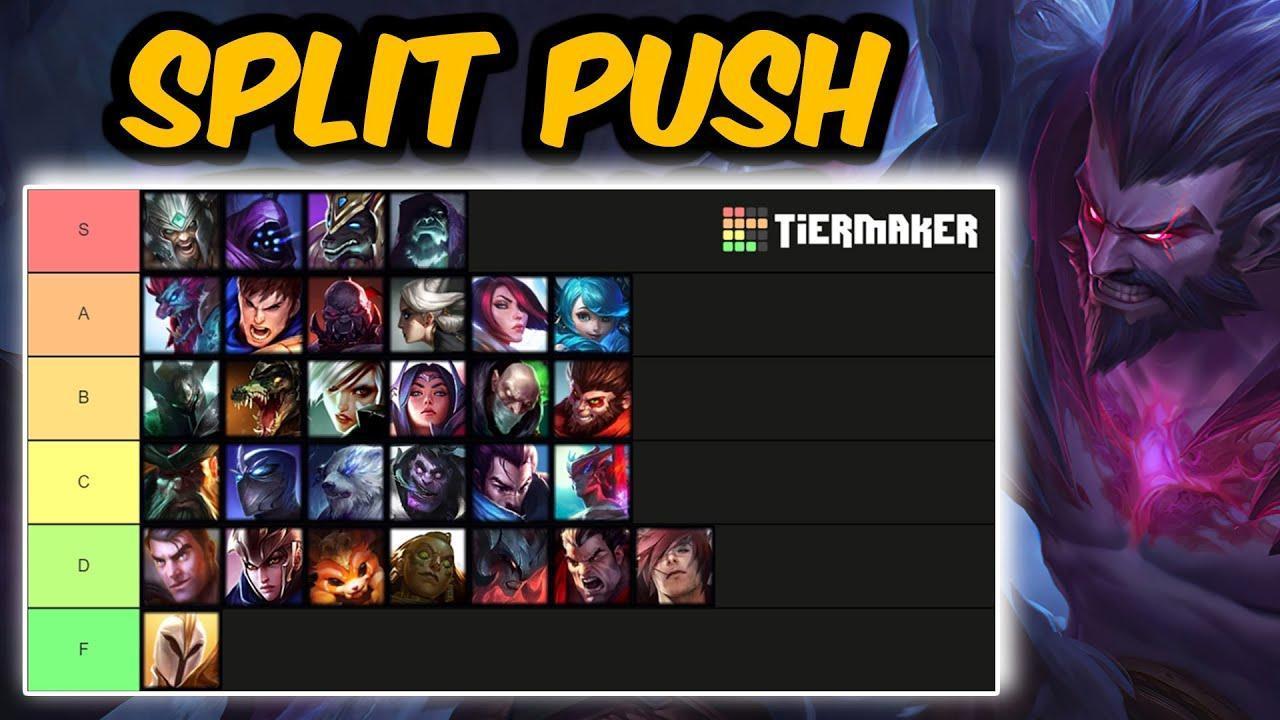
Champions like Yorick, Jax, and Tryndamere excel at split push. By applying pressure in a side lane, you force the enemy team into an impossible choice: send one person to stop you and risk a 1v1 loss, send two and give your team a 4v3 advantage elsewhere, or ignore you and watch as you finish the inhibitors, or even the Nexus.
A successful split push is built on impeccable map awareness. You need a deep ward in the enemy jungle to spot rotations and the intuition to know when to retreat and when to press your advantage. Pull it off correctly, and you’ll have the enemy team running in circles while your team secures barons and inhibs. Fail to read the map, and you’ll leave your team at a 4v5 disadvantage.
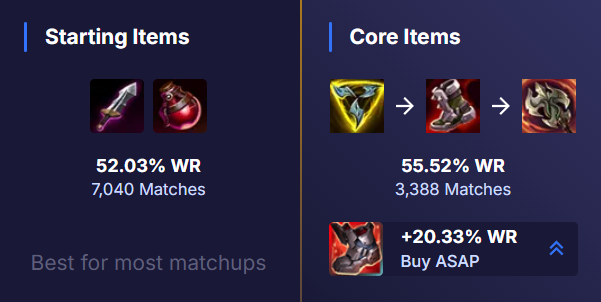
Your item build should partially or fully adapt to different situations in each game. Blindly following a formula is a recipe for mediocrity; learn how to build your items to counter the enemy team with our pro top lane coaching.
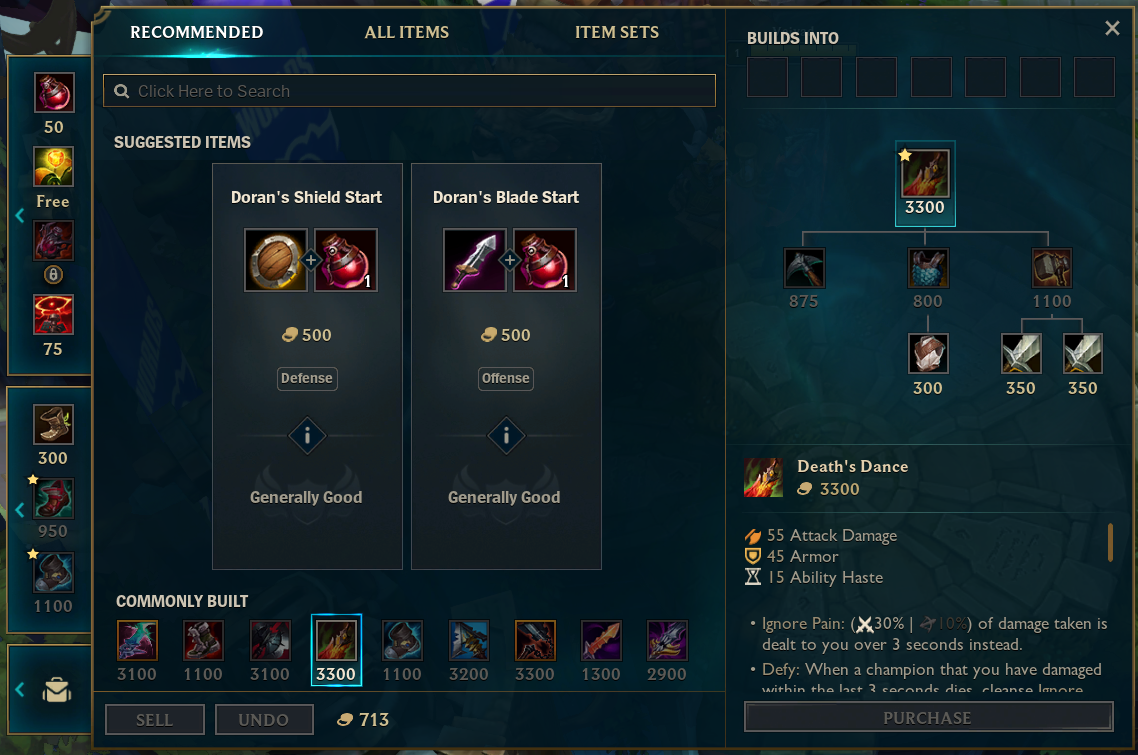
The most common starting items:
From there, you build accordingly. Are you facing a team of heavy auto-attackers? Plated Steelcaps are your answer. A team full of crowd control? Mercury’s Treads. Understanding when to build armor or magic resistance, when to stack health, and when to go for more damage is honed through experience and coaching.